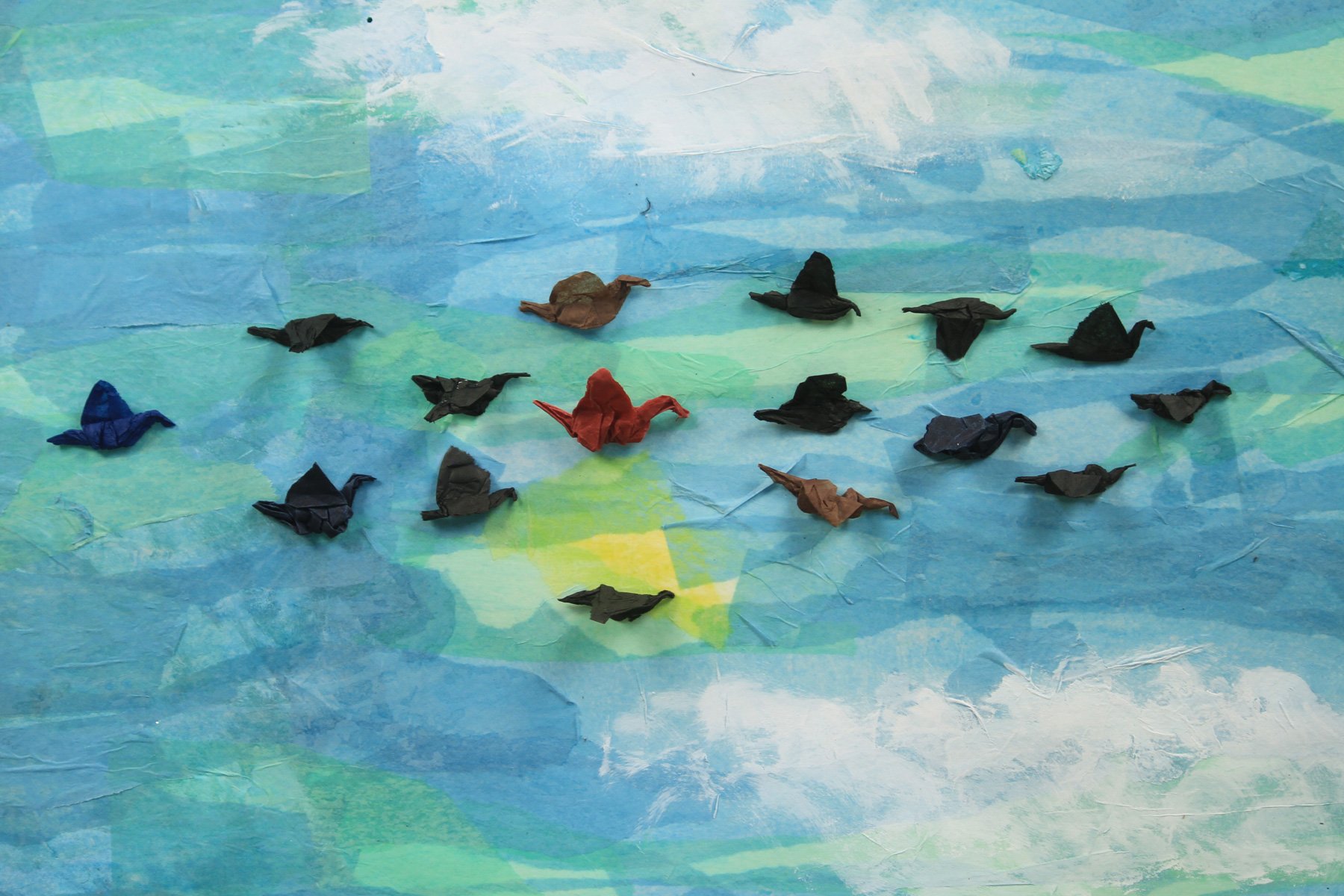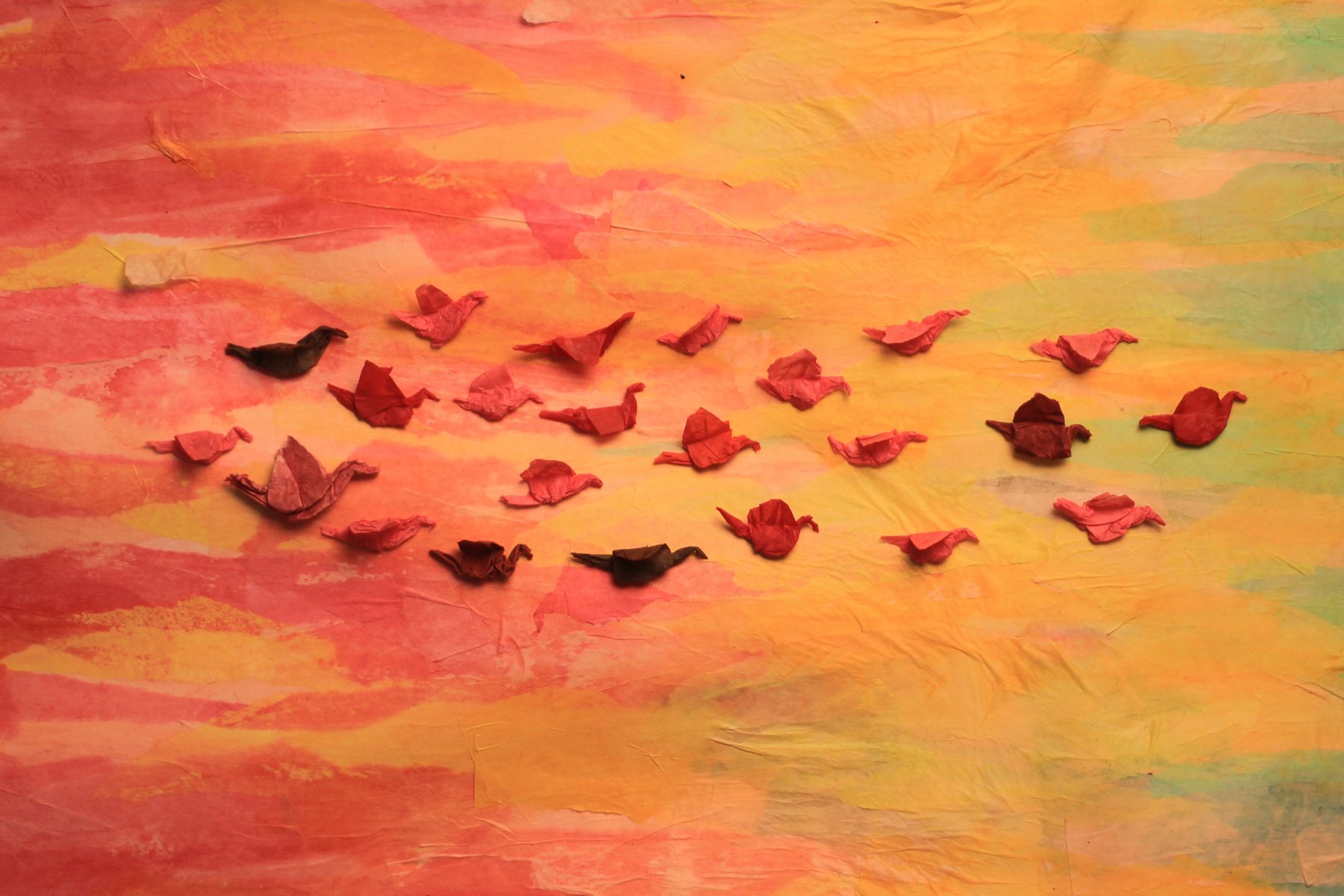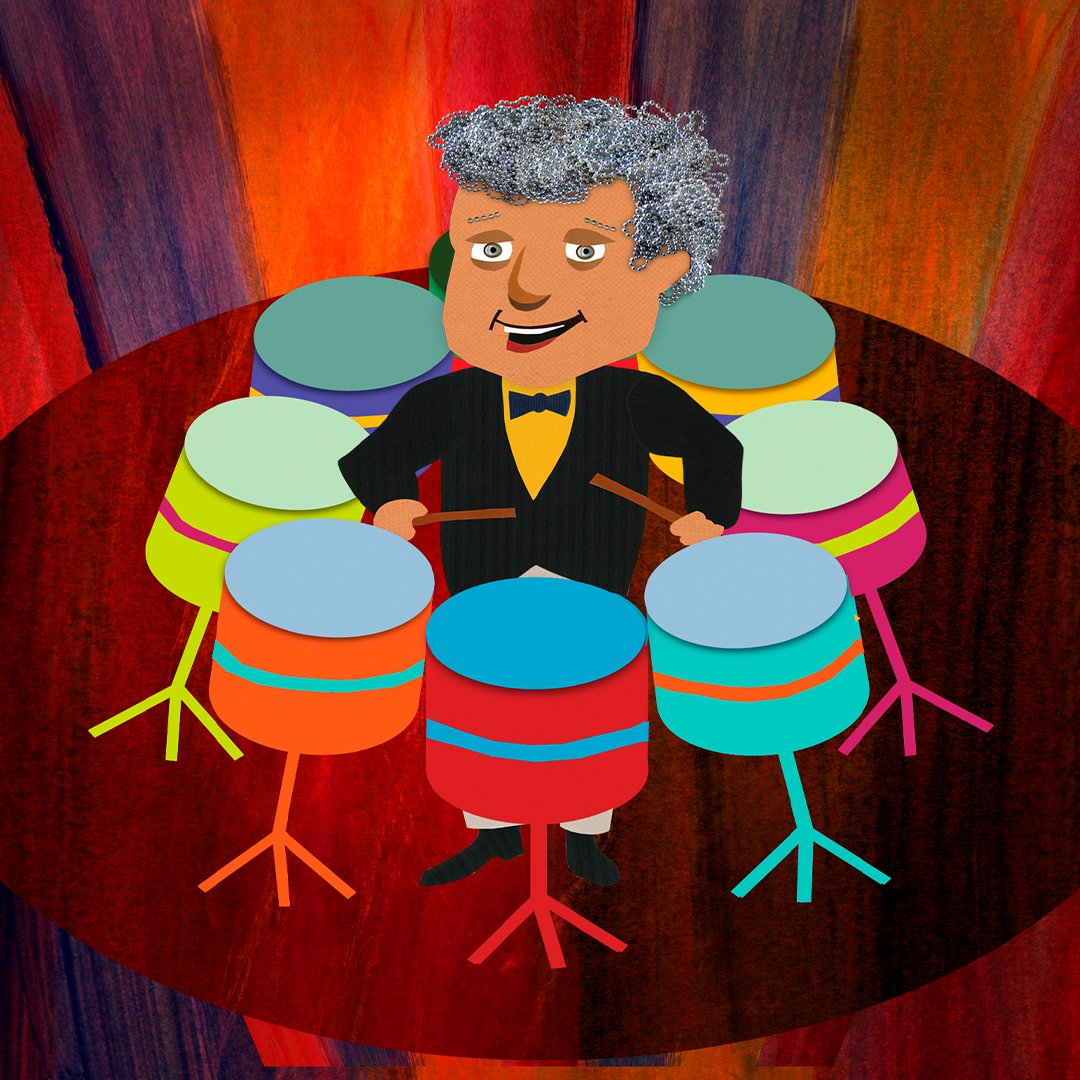Julia Pastrana: Su Vuelta y Sus Raíces
What we did
Animation
Illustration
Art direction
In this 60-sec stop-motion animation, Alfalfa Studio illustrates the bizarre story of the life and death of Julia Pastrana), who in the popular imagination of the mid-19th century was known as “the ugliest woman in the world.” Using traditional Mexican folk art this stop-motion animation poetically portrays Pastrana’s story and celebrates her homecoming.
-
Project Brief
To honor the repatriation of Julia Pastrana’s body to México in 2013, Alfalfa Studio produced a two-minute stop-motion animated video for MX-Lab. It poetically tells the story of Pastrana (1834-1860), who in the popular imagination of the mid-19th century was known as “the ugliest woman in the world.”
Pastrana had two rare, undiagnosed diseases: hypertrichosis lanuginosa, which covered her face and body in thick hair, and gingival hyperplasia, which thickened her lips and gums. Called the “bear woman” and “gorilla-like,” she toured North America and Europe in exhibitions of human oddities. But she was also a graceful dancer, an accomplished musician, and a gifted singer who performed in English, Spanish, and French. From her considerable earnings, she gave generously to local charities.
After Pastrana died from complications of childbirth at age 26, her body appeared for decades in “freak” exhibitions throughout Europe. In 1976 the Norwegian police sent her body to the University of Oslo, where it was then kept in a collection of anatomical specimens for nearly 40 years. In 2013, more than 150 years after her death, Julia Pastrana was finally returned to México for a proper burial near her birthplace in Sinaloa—a dignified end to a long cycle of exploitation.
Approach
Building our story around the original song “Come Back” by Norwegian musician Magne Furuholmen, Alfalfa Studio created a storyboard that wove together the complexities and contradictions of Julia Pastrana’s life and death: desecration and dignity, ugliness and beauty, captivity and independence, oblivion and fame, greed and charity, exile and home. Graphically, we chose the traditional Mexican folk art of papel picado (perforated paper) to tell Pastrana’s story and celebrate her homecoming.
Outcome
The video garnered praise at the 41st Festival Internacional Cervantino in Guanajuato, México, where the animation made its debut.
Animation Credits
Music by Magne Furuholmen
Story by Laura Anderson Barbata and Rafael Esquer
Directed by Rafael Esquer
Line Producer Betty Garcia
Lead Animator and Designer Joe Hollier
Animator and Designer Rachael Park
Sound Designer David Lanza
Production Assistants Ellen Escobar Esquer and Aya Kawabata












